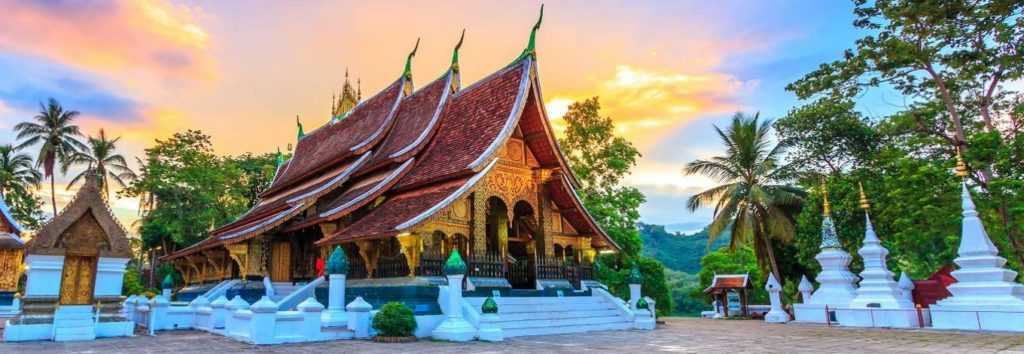While history has seen the rise and fall of a Laos dynasty enthroned at Luang Prabang, little has changed on the elevated northern fringes of the former kingdom. Decades of war and neglect have done their part to keep this isolated region of Southeast Asia from developing and have unwittingly preserved a way of life that has virtually vanished in neighbouring countries. While the fertile valleys of the Upper Mekong and its tributaries have for centuries been the domain of the Buddhist lowland Laos, the hills and mountains to the north have been the preserve of a scattering of animist tribal peoples, including the Hmong, Mien and Akha.

Anthropologists, gleaning evidence largely from oral tradition, speculate that some of these tribal peoples, such as the Khmu, were actually here before the lowland Laos migrated onto the scene; others, such as the Akha, are relative newcomers. The highlanders make their living by painstakingly clearing and cultivating the steep slopes while bartering with the lowland Laos for anything that they themselves cannot harvest, hunt or fashion with their own hands. It is largely the chance to experience first-hand these near-pristine cultures that draws visitors to the region today.
The far north still has an air of being untamed – and nowhere is this more evident than in Phongsali, a remote, mountainous district where the provincial capital feels as though it hasn’t changed for decades. Improved transport means that it’s now easier to explore the region than ever before, though you can still expect long journeys on endlessly windy roads. The trekking scene in Phongsali is relatively new, which makes it a great opportunity to visit hill tribes that retain a very traditional way of life.
Many people come this far north in order to do the amazing boat trip down the Nam Ou, which can take you as far south as Luang Prabang, and allows you to visit otherwise inaccessible Muang Ngoi, long a favourite with visitors to the region wanting to kick back for a few days. An hour south of Muang Ngoi, Nong Khiaw straddles the river, nestling among some of the region’s most dramatic scenery, with limestone mountains all around, and excellent opportunities for exploration.
Striking east from here takes you to Oudomxai – a town with little to recommend it other than as an important transport hub; from here it’s possible to connect to most other places in northern Laos, as well as Vientiane. The most popular northern town is undoubtedly the tourist centre of Luang Namtha, a good place to relax for a few days if you’re after some home comforts. More laidback is nearby Muang Sing, reached by a stunning road journey through Nam Ha NPCA, a pristine and beautiful protected area of the country. Both towns have become popular bases for trekking, due to their comfortable accommodation and easy access to nearby Akha, Mien and Tai Dam villages.
While boat traffic on the rivers isn’t quite what it used to be, the border town of Houay Xai is the popular starting point for the memorable slow boat down the Mekong, via the port town of Pakbeng, to gracious Luang Prabang. It’s now also the starting point for the fantastic Gibbon Experience, which provides a great opportunity to explore the jungle, on foot and by zip line.
Many visitors see comparatively little of the region, travelling from the Thai border down to Luang Prabang on the Mekong, perhaps swinging first up to Luang Namtha for a couple of days’ trekking, and then maybe travelling up to Nong Khiaw and Muang Ngoi from Luang Prabang. But if you’ve got time, the area deserves further exploration, and can easily be covered in a broad loop that covers both river and road, beginning with the wonderful journey up the Nam Ou from Luang Prabang to Phongsali (via Nong Khiaw, Muang Ngoi and Muang Khoua), then dropping down to Oudomxai to reach Luang Namtha and Muang Sing before heading to Houay Xai to pick up the slow boat back to Luang Prabang.
- Consider one of our best Motorbike Tour in Laos.






